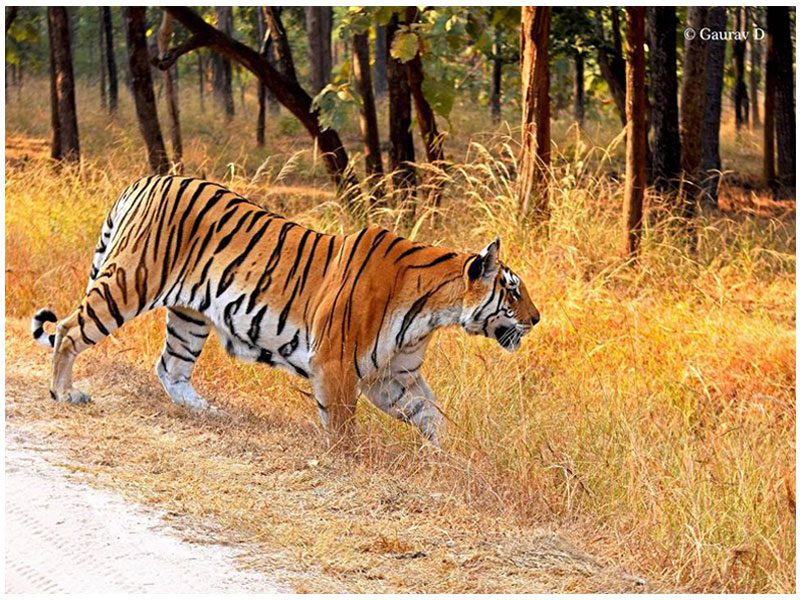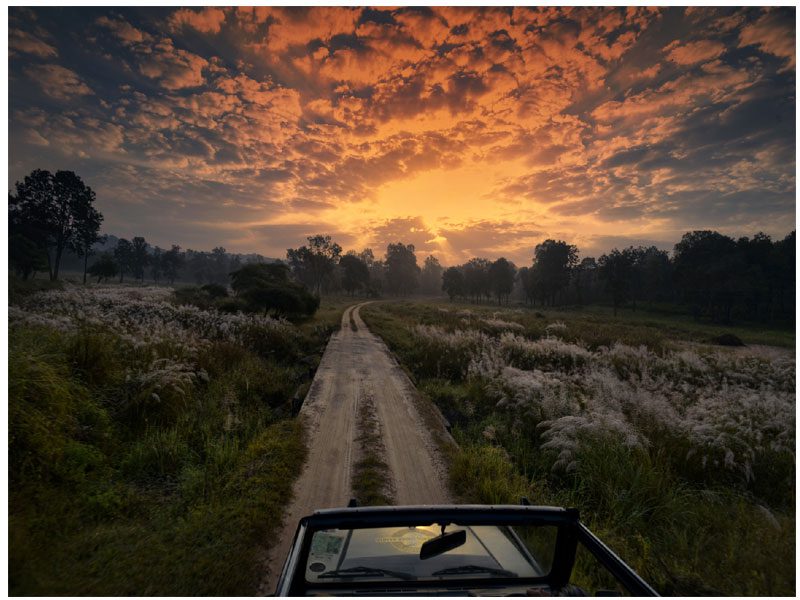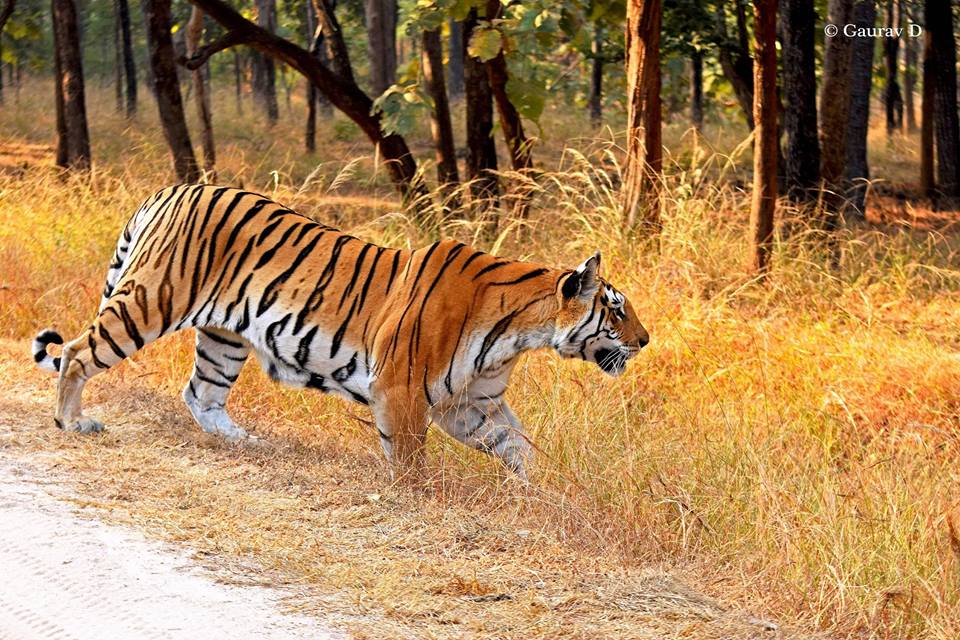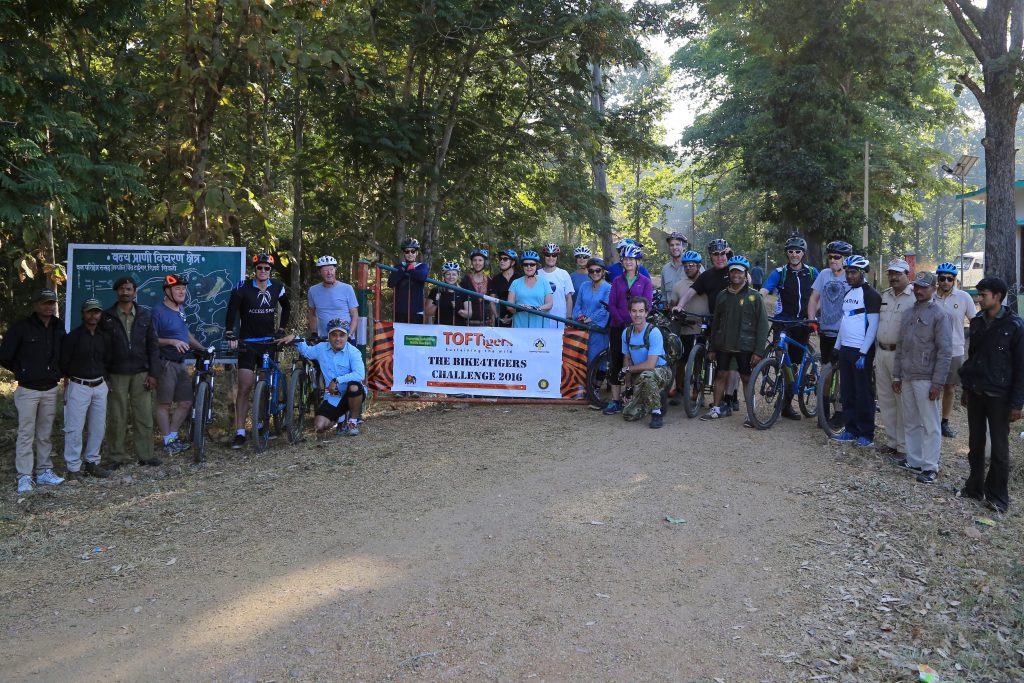“No winter lasts forever;
No spring skips its turn.” – Hal Borland

Winter evokes distinctive images in our minds eye. The wispy glow of the sun, a crispy, cool, rejuvenating breeze, skies laden with nimbus clouds, a snow-quilted landscape, or just misty hill tops.
Have you ever experienced winters in Bandhavgarh the forests of Central India? Here’s a little sojourn to these bewitching forests.
WINTERS IN BANDHAVGARH THE FORESTS OF CENTRAL INDIA
Every season has its alluring charm in the Forests of Central India. Summers arrive unabashedly scorching the landscape, yet imparting a lesson or two in survival, whereas winters arrive casting a cosy spell. Witnessing the wild in the misty grasslands of the Central Highlands, amidst the wintry glow; is a timeless experience to be cherished.

The forests nestled in the lofty hills, where meandering rivers and gurgling streams flow in unison, the divinely painted skies enchant each day, and the evergreen Sal trees sway to the playful breeze; are a sight to behold.
Winters in the Central Indian jungles spell short days, enchanting misty mornings and cool evenings. Experiencing winters here is to see the forests and its inhabitants in the best of their attire. The abundant food and water available in the post-monsoon jungles bestow the flora and fauna with a gleaming winter coat.
As you treat yourself to a relaxed game drive along the winding, misty grasslands, expect to see an array of birds, specifically the migratory ones. From River Terns in Satpura to Coots and Pochards in Pench, to Brahminy ducks in other parks; you will find various birds that are a feast to the eyes. You won’t miss spotting the Chitals, Sambars and Nilgais; as they graze on the landscape that lines the safari trails. Troops of langurs prove to be your best companions, guiding you to the tiger trails. The gem of Kanha, the Barasingha, and the Hercules of Central India, Indian Gaur; don their winter coats with aplomb. These are just a few handpicked residents of these panoramic woods. The rest we leave you to go see for yourselves.
The temperatures plunge to a low towards the end of December, and early January. As evening falls the winter chill envelopes the jungle, setting the scene for a crackling bonfire and an ideal night of captivating conversations. Beyond the flickering flames and glowing embers of the bonfire, the star-spangled sky lights up a celestial symphony.

The following morning, a dew-drenched landscape greets you graciously. As you fill your lungs with the crispy morning air, you spot a lone butterfly flitting around the patch of green, spreading its gossamer wings. You spend a quiet time basking in the winter sun, with your reinvigorating morning cuppa. And time goes into stand-by mode.
SPRING ARRIVES WITH MUCH FANFARE:

February heralds the beginning of spring. The weather remains pleasant, though the mornings and evenings continue to be cold. As February inches towards March, the flowering Mahua and Palash flowers (Flame of the Forest) ignite a conflagration of colours in the entire jungle. The ubiquitous fragrance of Mahua spreads in the air. The blooming of these stunning red and orange flowers heralds the end of winter.

Winter hangs its boots, paving way for spring. The jungles start buzzing with unabated activity and life. The national parks of Central Indian Jungles – Kanha, Bandhavgarh, Satpura, Pench and Panna celebrate the transiting season with as much fervour, as they welcome the advent of a new one.
Contributed by Natasha Sinha


